A millionaire has sold his company to fund the construction of 99 homes, aiming to help reduce homelessness in his town.
In a remarkable effort to combat homelessness, a millionaire has taken significant action by building 99 homes in his town.
This initiative aims to provide stable housing for individuals and families who struggle with homelessness.
The project has received attention and praise from many community members and organizations.
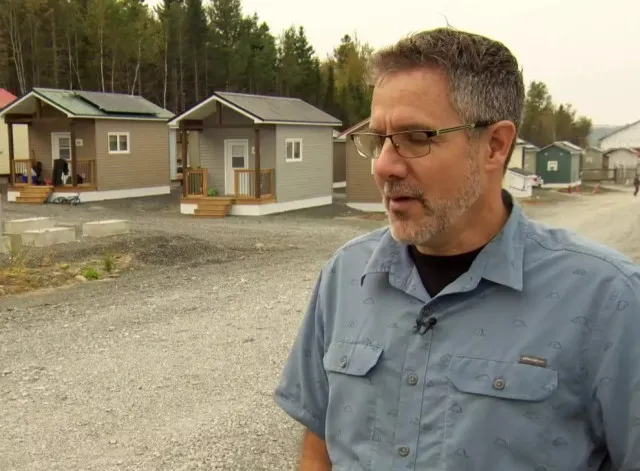
Millionaire sells his company to build 99 homes in hope of reducing homelessness in town
In Fredericton, New Brunswick, a Canadian millionaire is taking action to help people without homes.
Marcel LeBrun, who made a lot of money by selling his company, has decided to invest in his community.
He is building nearly 100 tiny homes to provide shelter for those in need.
The multi-millionaire reportedly sold his company for a large amount of money and chose to use $4 million of it for a good cause.
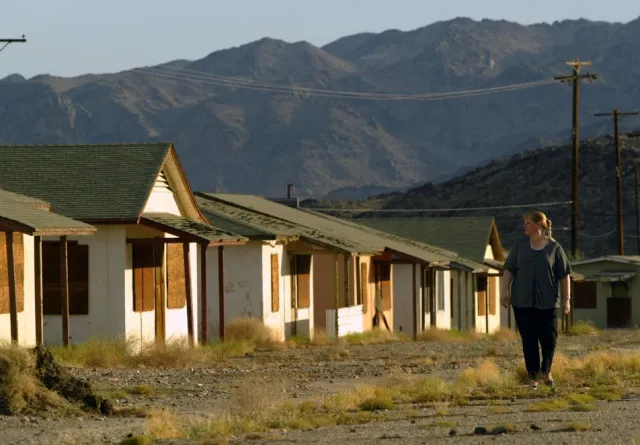
Fredericton has learned about serious homelessness in his town.
Recent reports show that around 1,800 people experienced homelessness at least once in the last year.
This issue is close to LeBrun’s heart, and he wants to make a difference.
Details of the Tiny Homes project
He has put $4 million into a project called “12 Neighbours,” which will create a gated community of 99 small homes.
These tiny homes may not be large, but they are designed to be practical.
Each home will have space for essential things like a kitchen, a bed, and a bathroom.
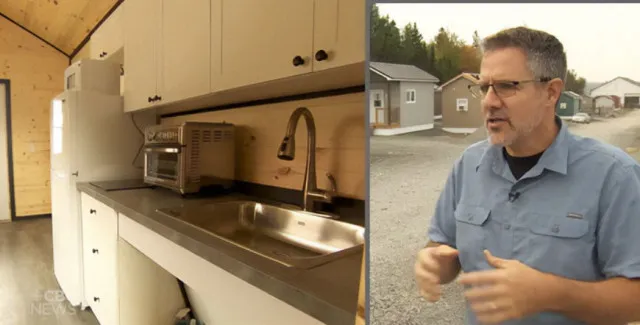
There will also be a small area outside for residents to sit and enjoy the fresh air.
Some homes will even feature solar panels on the roof to help with energy needs.
The millionaire wants to build more than just houses.
LeBrun explained why he was doing this in an interview: “I see myself as a community builder, and really what we’re doing here is not just building a little community,
but we’re building a community in a city, like how do we help our city be better?”
LeBrun aims to create a real community where people can support each other.
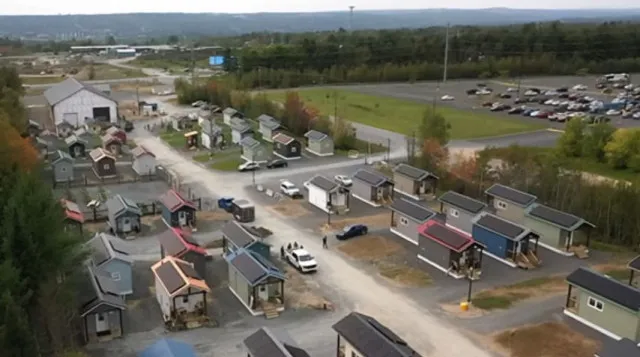
He believes that living in this new neighborhood will give formerly homeless individuals a sense of responsibility and belonging.
By living together, they can share experiences and help one another rebuild their lives.
The construction process for these homes is also interesting.
First, the homes will be built in a warehouse. After that, they will be placed on concrete blocks that will serve as their foundations.
This method helps streamline the building process and makes it easier to get people into homes quickly.
In addition to the homes, LeBrun plans to include community spaces.
There will be a community center where residents can gather and participate in activities.
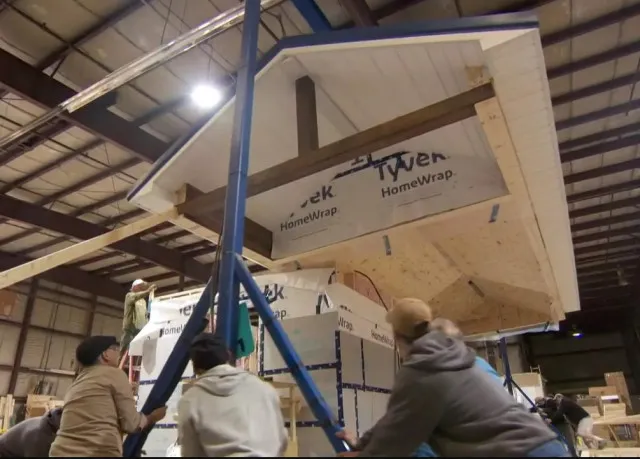
A coffee shop is also part of the plan, which residents will manage themselves.
This not only provides a service but also gives people a chance to learn new skills and earn a bit of money.
LeBrun’s vision includes a “teaching kitchen” and a silk printing business.
These enterprises will give residents opportunities to work and develop new skills.
His approach shows that housing is just one part of solving homelessness.
By providing resources and opportunities, he hopes to help people create better futures for themselves.
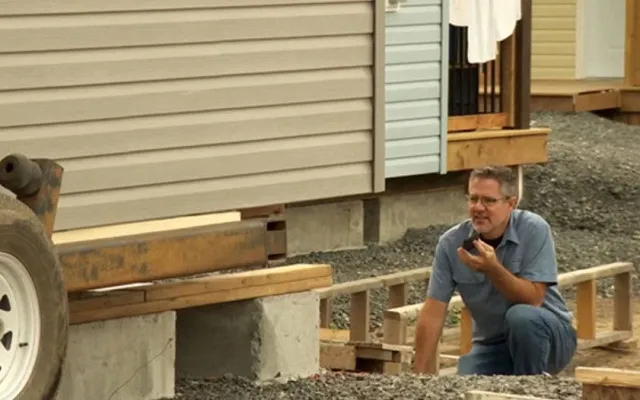
Tiny homes are becoming a popular solution to the homelessness crisis in many places.
For example, in San Jose, California, city leaders are using repurposed shipping containers to create similar housing projects.
These homes can be built quickly and are often more affordable than traditional housing options.
Despite the benefits, some people are skeptical about tiny homes as a long-term solution.
Critics argue that while they may provide immediate shelter, they do not address the root causes of homelessness.
They worry that these homes could end up being a temporary fix rather than a lasting solution to the problem.